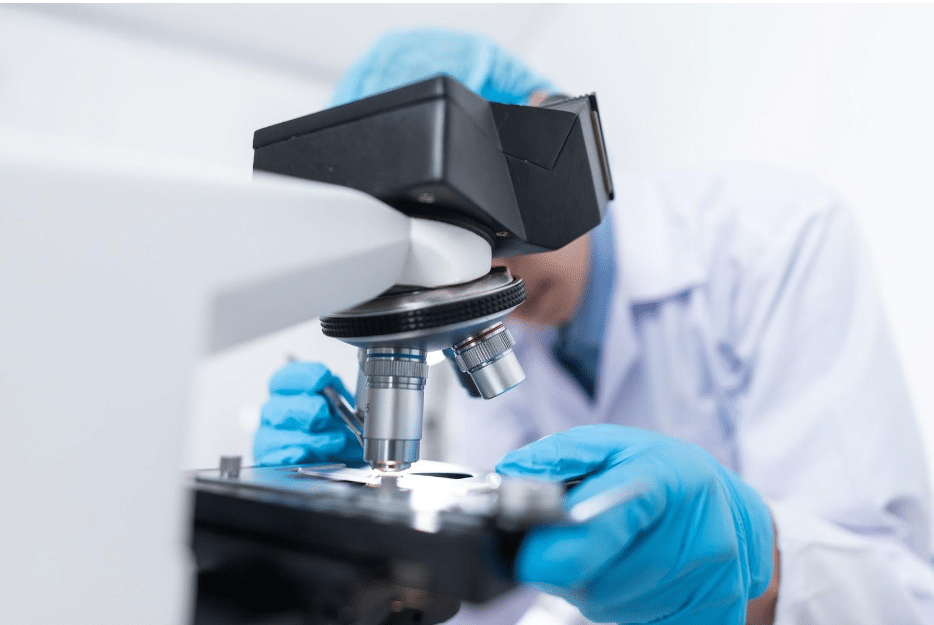Liver disease is a significant global health concern, with many common types often diagnosed in late stages when treatment options are limited. Innovative methods are being developed to improve the early detection and diagnosis of liver disease, including biomarker analysis, imaging techniques, and artificial intelligence algorithms.
Biomarker Analysis: Identifying Disease through Blood Samples
Biomarker analysis involves identifying specific molecules or substances in a person’s blood, urine, or tissues that can indicate the presence of a disease. In the context of liver disease, biomarker analysis has become an increasingly important tool for early detection and diagnosis.
To find out more about non-invasive and innovative tests for liver diseases, visit www.fibronostics.com/
Common Biomarker Analysis Testing Methods
Common testing methods for biomarkers in liver disease include enzyme-linked immunosorbent assays (ELISA), polymerase chain reaction (PCR), and proteomics analysis.
ELISA tests can detect specific antibodies or proteins in a patient’s blood that may indicate liver damage or disease.
PCR is a technique that can identify specific genes associated with liver disease, while proteomics analysis can analyze a patient’s proteins to detect changes that could indicate disease.
Benefits and Disadvantages
The benefits of biomarker analysis include its non-invasive nature and ability to detect liver disease at an earlier stage, which can improve treatment outcomes.
However, some biomarkers may not be specific to liver disease and can also be elevated in other conditions, leading to false positives.
Additionally, some biomarkers may only be elevated in the advanced stages of liver disease, limiting their usefulness for early detection.
Imaging Techniques: Non-Invasive Tools for Diagnosing Liver Disease
Imaging techniques are non-invasive tools that allow healthcare professionals to visualize the internal structures of the body without the need for surgery or invasive procedures. With regard to liver disease, there are several imaging techniques that can aid in diagnosis.
Ultrasound, MRI, and CT Scans
Ultrasound is a common imaging technique that uses sound waves to create an image of the liver. It is non-invasive, cost-effective, and widely available.
Another imaging technique is magnetic resonance imaging (MRI), which uses a powerful magnet and radio waves to create detailed images of the liver. Computed tomography (CT) scans can also be used to create 3D images of the liver.
Benefits and Limitations
The benefits of imaging techniques for diagnosing liver disease [mfn]https://www.healthline.com/health/liver-diseases[/mfn] include their non-invasive nature and ability to provide detailed images of the liver.
However, they may not always be accurate in diagnosing certain types of liver disease, such as early-stage liver cancer.
In addition, some imaging techniques can expose patients to radiation, which can increase the risk of cancer over time.
Artificial Intelligence Algorithms: Utilizing Machine Learning to Improve Diagnosis
Artificial intelligence (AI) algorithms are a type of computer program designed to learn from data and make predictions or decisions based on that data.
In the context of liver disease, machine learning algorithms can be used to analyze large amounts of patient data to identify patterns and predict the likelihood of disease.
LIVERFASt is an example of using AI in liver disease diagnosis
Treatment of Liver Disease through Machine Learning Algorithms
Machine learning algorithms can analyze a wide range of data, including medical records, lab results, and imaging studies.
They can identify subtle changes in data that may be indicative of early-stage liver disease, allowing for earlier diagnosis and treatment.
Machine learning algorithms can also help healthcare professionals personalize treatment plans based on a patient’s individual characteristics and medical history.
Future Prospects of AI Algorithms in Liver Disease Diagnosis and Treatment
Overall, the use of AI algorithms shows promise for improving the diagnosis and treatment of liver disease, but further research is needed to determine their accuracy and effectiveness in clinical practice.
Advancements in Liver Biopsy: A Gold Standard for Diagnosis
A liver biopsy is a diagnostic procedure used to examine liver tissue for signs of disease. It is a critical tool for diagnosing liver disease, including liver cancer, cirrhosis, and hepatitis.
The importance of liver biopsy in the medical world cannot be overstated, as it enables healthcare professionals to make an accurate diagnosis and develop a targeted treatment plan.
Liver biopsies are considered the gold standard for diagnosing liver disease because it provides a definitive diagnosis.
By examining a sample of liver tissue under a microscope, healthcare professionals can identify the specific type of liver disease and determine the extent of liver damage.

Copyright: Chokniti Khongchum on Pexel | CC0 License Public Domain
This information is essential for developing an appropriate treatment plan and monitoring the progression of the disease over time.
While liver biopsy is an invasive procedure that carries some risks, advancements in technology and techniques have made it safer and more accessible. Overall, liver biopsy remains an essential tool for diagnosing liver disease and guiding treatment decisions.
Summing it up: The Importance of Innovative Methods for Detecting Liver Disease
Innovative methods for detecting liver disease are critical for ensuring accurate diagnosis and timely treatment. From biomarker analysis and imaging techniques to AI algorithms and liver biopsy, advances in technology and techniques are helping to improve the diagnosis and management of liver disease, ultimately improving patient outcomes.
